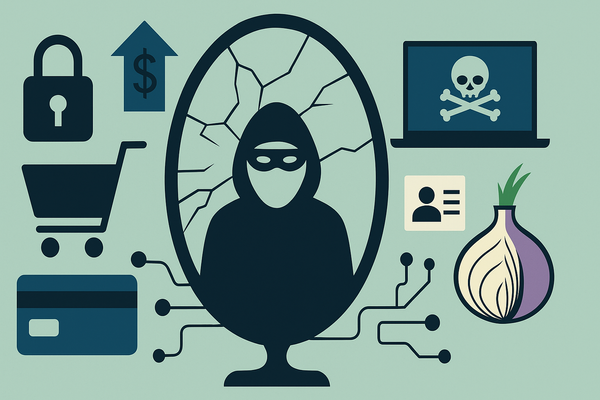Yahoo Accounts Hijacked via XSS-Type Attack

Popular webmail provider Yahoo has been slammed with a new e-mail-based attack that seizes control of victims’ accounts. Bitdefender Labs discovered the ongoing campaign today and are once again warning users about the dangers of clicking spammy links.
The account hijacking begins with a spam message with a short link to an apparently harmless session of the reliable news channel MSNBC (hxxp://www.msnbc.msn.com-im9.net[removed]).
A closer look at the real link reveals that the true domain is not part of MSNBC, but a crafty domain composed of subdomains at hxxp://com-im9.net.
The domain was registered in Ukraine on Jan 27 and is hosted in a data center in Nicosia, Cyprus. This page contains a piece of malicious JavaScript, disguised as the popular Lightbox library that will perform the attack in stage 2.
Before we proceed, let’s see what cookie theft is all about: security on the web is based on what we call the same-origin policy, a complex mechanism that won’t allow Site A to access resources of Site B, such as cookies. Cookies are small snippets of text created when the user logs into a system, and they are used to (among other things) remember that the account holder has already passed the authentication once. Otherwise, the user will have to log in whenever they read another e-mail or when they navigate from one page to another. So, in this context, it is obvious that a piece of code running on Site A can’t steal a cookie set by Site B. However, a subdomain of Site B can access the resources of Site B, and this is what the attackers did.
The second stage of the attack is focused on the Yahoo Developers Blog (developers.yahoo.com), which conveniently uses a buggy version of WordPress . More to the point, they exploit the SWF Uploader of the WordPress platform at http://developer.yahoo.com/blogs/ydn/wp-includes/js/swfupload/swfupload.swf. It has a security flaw known as CVE-2012-3414 (by the way, it has been patched since WordPress version 3.3.2).
Since it is located on a sub-domain of the yahoo.com website, all the attackers need to do is trigger the bug and pass a command that steals the Yahoo cookie (with the login data, for instance), and then send it “home”Â.
At this point, miscreants have full access to the victim’s contact list until the current session expires or the user logs out. Crooks will either spam the contacts in the stolen lists (which may include friends, family, business contacts, professors) or use these contacts to send spam e-mails and/or malware in the name of the crook.
Why is your account important for crooks?
If you are asking yourselves why crooks take an interest in your e-mail accounts and harvest the e-mail addresses of your friends, the answer is simple. To send more spam on your behalf.
Miscreants cannot register accounts automatically on webmail providers such as Yahoo, Google, Hotmail and the like because registrants need to fill in CAPTCHA. It takes time, and real people, to type the signs in. That, in turn, costs money. Stealing active accounts is a cost-effective way for an operator to automate attacks and, at the same time, allows them to read your contacts and get more victims.
What’s to be done?
Log out from your e-mail accounts every time you’re done reading or writing your e-mails.
Never click on links in spam e-mails.
Keep your antivirus and software updated.
Attack description provided by malware researchers Razvan Benchea and Octavian Minea.
All product and company names mentioned herein are for identification purposes only and are the property of, and may be trademarks of, their respective owners.
tags
Author
A blend of product manager and journalist with a pinch of e-threat analysis, Loredana writes mostly about malware and spam. She believes that most errors happen between the keyboard and the chair.
View all postsRight now Top posts
Cybercriminals Use Fake Leonardo DiCaprio Film Torrent to Spread Agent Tesla Malware
December 11, 2025
Genshin Impact Scam Alert: The Most Common Tricks Used Against Players
December 05, 2025
How Kids Get Automatically Added Into WhatsApp Groups with Horrific Imagery Without Consent
November 24, 2025
Scammers Exploit Hype Around Starbucks Bearista Cup to Steal Data and Money, Bitdefender Antispam Lab Warns
November 18, 2025
FOLLOW US ON SOCIAL MEDIA
You might also like
Bookmarks










